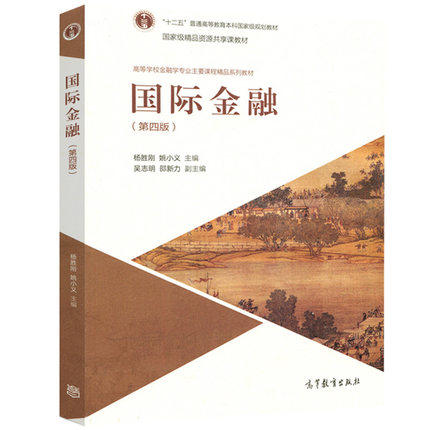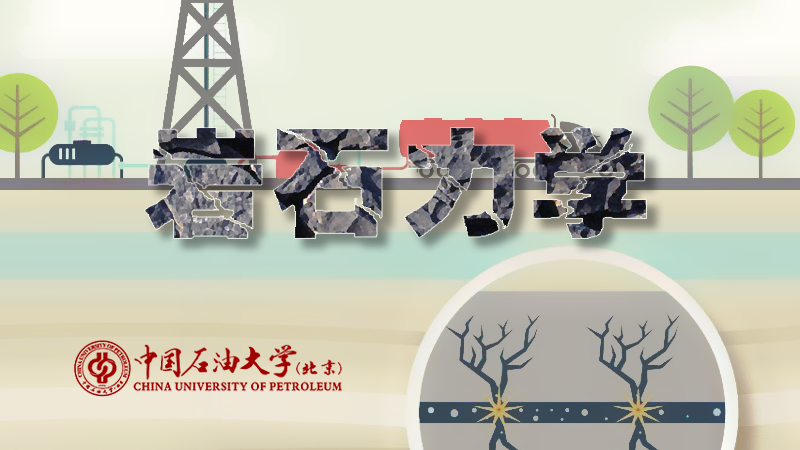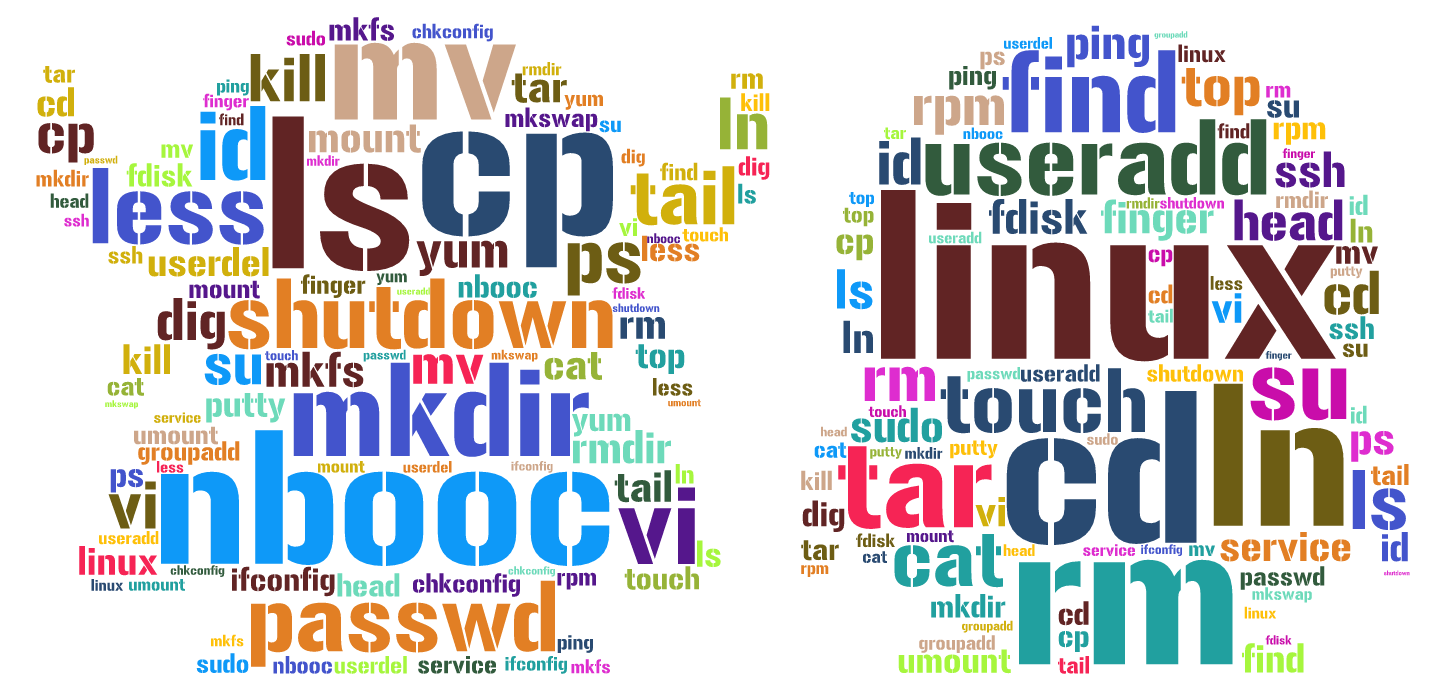
当前课程知识点:环境工程专业英语 > 4. Solid waste pollution and treatment > 4.7 Destination of solid waste treatment > 4.7 Destination of solid waste treatment
各位同学,大家好
欢迎回到《环境工程专业英语》课程
我是赵岩,来自北京师范大学
本部分是关于固体废物管理的章节
在这部分的最后一讲
我们来看固体废物的最终归宿
固体废物的归宿指的是废物已经流出废物管理系统之外
或者是永远储存在环境中
因此,废物有两个归宿
一个是回用或回收
这里废物可以在工业或建筑中被重复使用或再加工
或者进行土地利用、建材利用,或者用于提取废物衍生燃料
另一种归宿是最终处置,主要指填埋
在填埋完成后,填埋场的土地可以有其他用途
这里我们可以看到一个现代化填埋场的结构
在填埋场底部,通常铺设有防渗衬层
以防止渗滤液污染地下水
填埋场的渗滤液由渗滤液收集系统进行收集
然后经由管道排出,在污水处理场中进行处理
废物以单元形式进行填埋
并且进行日覆盖以避免产生扬尘或恶臭
有机组分厌氧反应产生的填埋气体
会被收集起来,被点燃或者用于能量回收
当填埋场被填满时,填埋场会通过顶部覆盖进行封场
这样填埋场就不会直接向环境释放污染物
在填埋场,渗滤液和渗漏控制系统是最重要的系统之一
它通过设置在防渗衬层中的一系列管道来收集渗滤液
这样做可以确保土壤和地下水不受渗滤液污染
填埋气控制系统是填埋场中另一个重要系统
在填埋过程中,将同时建造许多填充了碎石的竖井
它们与水平的集气管道相连
这样,填埋气可以通过鼓风机被抽取出来并引入填埋气利用设施
填埋气中约有40-60%的甲烷
可以用于产能,或者提纯后用作天然气
当填埋操作完成,或者填埋场的使用寿命终结
填埋场会进行封场和(植被)恢复
以便土地可以作其他用途,比如城市公园
除了这些废物处理技术
我们还可以利用废物做一些有趣的事
这是一些利用废金属、废轮胎和废塑料值作的艺术品
它们很漂亮,对吗?
好的,现在来总结一下
固体废物是环境工程领域的主要关注对象之一
固体废物既是污染源,也是污染汇
它是水和大气污染控制中所有污染物的最终归宿
固体废物也可以被视为资源
但它首先是废物
我们首先要做的是避免固体废物带来的环境影响
现在我将结束本部分的课程
欢迎大家未来投身于环境保护和固体废物管理的事业
这一讲到这里就结束了,谢谢大家
-1.1 Introduction of water resource
--1.1 Introduction of water resource
-1.2 Conventional drinking water treatment
--1.2 Conventional drinking water treatment
-Task 1
-2.1 Introduction of wastewater
--2.1 Introduction of wastewater
-2.2 Introduction of wastewater treatment
--2.2 Introduction of wastewater treatment
-2.3 Physical unit process
-2.4 Chemical unit process
-2.5 Fundamentals of biological unit processes
--2.5 Fundamentals of biological unit processes
-2.6 Suspended growth biological treatment processes
--2.6 Suspended growth biological treatment processes
-2.7 Attached growth biological treatment processes
--2.7 Attached growth biological treatment processes
-2.8 Anaerobic biological treatment processes
--2.8 Anaerobic biological treatment processes
-2.9 Nutrient Removal processes
--2.9 Nutrient Removal processes
-Task 2
-3.1 Smog
--3.1 Smog
-3.2 Visibility and haze
-3.3 Particle size
-3.4 Climate change
-Task 3
-4.1 What is solid waste
-4.2 Issues in solid waste
-4.3Management of solid waste
--4.3 Management of solid waste
-4.4 Source control of solid waste
--4.4 Source control of solid waste
-4.5 Collection and transportation of solid waste
--4.5 Collection and transportation of solid waste
-4.6 Waste treatment technology
--4.6 Waste treatment technology
-4.7 Destination of solid waste treatment
--4.7 Destination of solid waste treatment
-Task 4
-5.1 A brief introduction of research
--5.1 A brief introduction of research
-5.2 How to read scientific papers and management of references
--5.2 How to read scientific papers and management of references
-5.3 Research proposal (1)
-5.4 Research proposal (2)
-Task 5
-6.1 What makes a great paper
--6.1 What makes a great paper
-6.2 Writing style of journal paper
--6.2 Writing style of journal paper
-6.3 Research article structure
--6.3 Research article structure
-6.4 Figures and tables
-6.5 Methodology(1)
-6.6 Methodology(2)
-6.7 Result
-6.8 Introduction(1)
-6.9 Introduction(2)
-6.10 Discussion and conclusion
--6.10 Discussion and conclusion
-6.11 Title
-6.12 Attribution
-6.13 Abstract and acknowledgement
--6.13 Abstract and acknowledgement
-6.14 Submission of academic paper(1)
--6.14 Submission of academic paper(1)
-6.15 Submission of academic paper(2)
--6.15 Submission of academic paper(2)
-6.16 Publication of academic paper
--6.16 Publication of academic paper
-Task 6
-7.1 E-mail expression
-7.2 The structure of presentation
--7.2 The structure of presentation
-7.3 The delivery of presentation
--7.3 The delivery of presentation
-7.4 Question and answer session
--7.4 Question and answer session
-7.5 Chairing a conference



